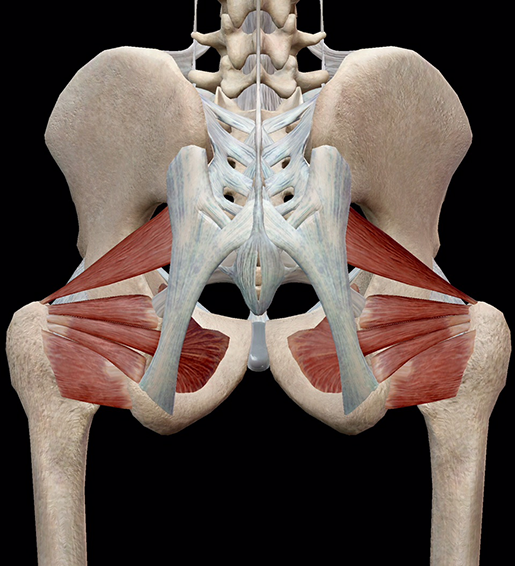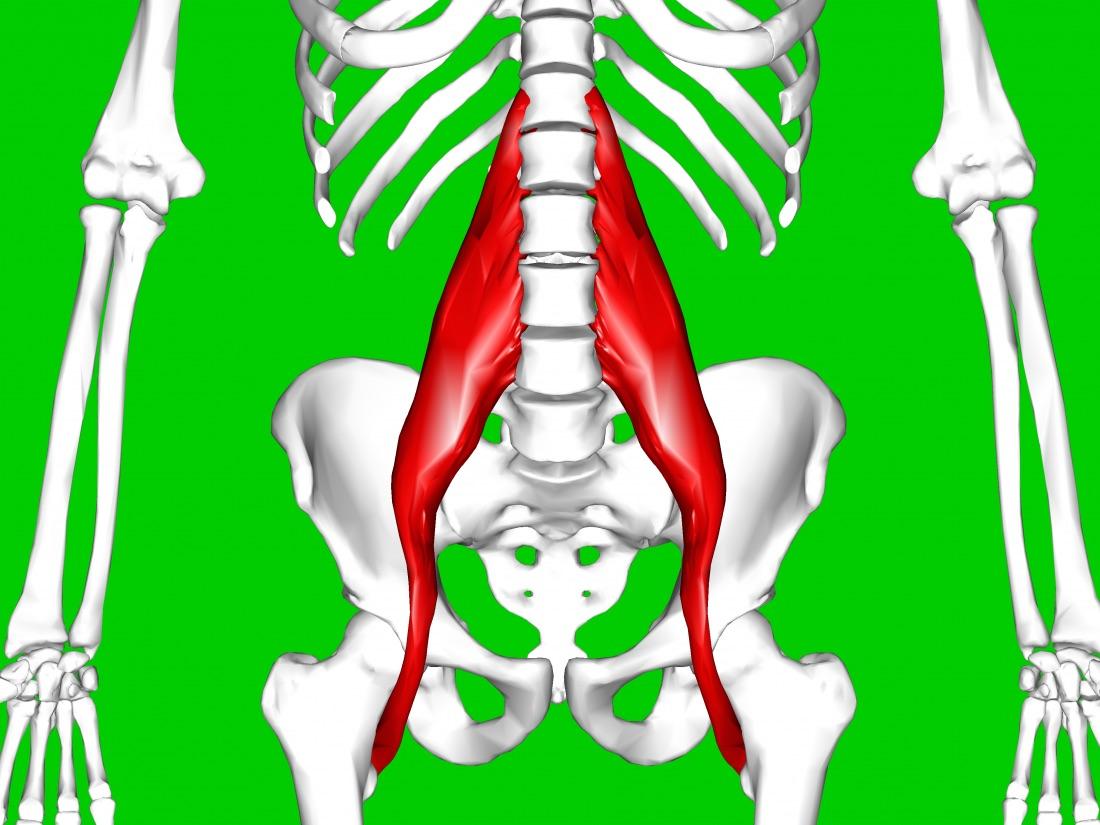Muscles In Hip Area | Now that you watched the video, you. The muscles of the pelvis, hip and buttock anatomical chart shows how each muscle in this area of the body works with the others, and the various minor systems within the major ones. In human anatomy, the muscles of the hip joint are those muscles that cause movement in the hip. Your gluteus maximus (which is on the back of your hip or buttocks) and the gluteus medius, which is the. You can also end up with tight hip flexors and back muscles from muscular imbalance.
Hip extension is the downward motion of your legs during the sprint. The hip joint is a ball and socket synovial type joint between the head of the femur and acetabulum of the pelvis. The hip flexors are a group of muscles toward the front of the hip. Other muscles also assist in the abduction of the thigh at the hip joint, but they do not belong to the abductor group. Targeted hip and knee strengthening online course:
Hip flexor pain is a common complaint among physically active people. They help you move, or flex, your leg and knee up towards stretch and strengthen your hip flexor muscles and other muscles that surround and support that area. Strains may be mild, moderate, or severe during the physical examination, your doctor will apply pressure to various muscles in the area and move your leg and hip in various directions to assess. The muscles of the pelvis, hip and buttock anatomical chart shows how each muscle in this area of the body works with the others, and the various minor systems within the major ones. The affected area may hurt when pressed. Hip flexor muscles can help you stand up to pain. There are several primary muscles in your hips that deserve strengthening. This tear originates in the hip. Learn and reinforce your understanding of muscles of the hip. And rather than focusing on the turnover portion of your stride, focus on increasing your force production and you will be faster. Related online courses on physioplus. The image next to it, which. Your experience can vary and may involve
They help you move, or flex, your leg and knee up towards stretch and strengthen your hip flexor muscles and other muscles that surround and support that area. Muscles and tendons in the hip. Adductor muscle ( muscle in your groin area) are included in this quizlet but their position was to awkward to capture. Understanding the symptoms, muscle anatomy, and how the pain can develop may tenderness, swelling, and bruising in the upper leg or groin; The gluteus maximus (also known collectively with the gluteus medius and minimus.

Muscles and tendons in the hip. This article will introduce the muscles in each group and touch on their origin, insertion, function, and innervation. Most modern anatomists define 17 of these muscles, although some additional muscles may sometimes be considered. Also, the socket area of the acetabulum is covered with tough cartilage called the labrum. A hip strain occurs when one of the muscles supporting the hip joint is stretched beyond its limit or torn. Exercises that target your hip muscles will help to open your hips to build flexibility, reduce pain and prevent injuries. Adductor muscle ( muscle in your groin area) are included in this quizlet but their position was to awkward to capture. Muscle should have low signal on all sequences. Your skeletal muscles generally work in opposing pairs or groups at a given. The hip joint can withstand repeated motion and a fair amount of wear and tear. The muscles of the pelvis, hip and buttock anatomical chart shows how each muscle in this area of the body works with the others, and the various minor systems within the major ones. Your gluteus maximus (which is on the back of your hip or buttocks) and the gluteus medius, which is the. Having less fat and stronger lower.
Muscles and tendons in the hip. A hip strain occurs when one of the muscles supporting the hip joint is stretched beyond its limit or torn. There are several primary muscles in your hips that deserve strengthening. Adductor muscle ( muscle in your groin area) are included in this quizlet but their position was to awkward to capture. This article will introduce the muscles in each group and touch on their origin, insertion, function, and innervation.

Your gluteus maximus (which is on the back of your hip or buttocks) and the gluteus medius, which is the. The more ground force you produce, the faster you sprint. Included within the chart are gorgeous illustrations of the pelvic diaphragm, sphincter muscles, gluteus maximus. Targeted hip and knee strengthening online course: Usually, hip weakness contributes to faulty movement patterns, and over time, that can cause the it band to feel tight. Related online courses on physioplus. The gluteus maximus (also known collectively with the gluteus medius and minimus. The muscles of the pelvis, hip and buttock anatomical chart shows how each muscle in this area of the body works with the others, and the various minor systems within the major ones. Hip flexor pain is a common complaint among physically active people. Strains may be mild, moderate, or severe during the physical examination, your doctor will apply pressure to various muscles in the area and move your leg and hip in various directions to assess. When, in pilates or another fitness class. The affected area may hurt when pressed. Muscles and tendons in the hip.
Muscles In Hip Area: Guide you in increasing your activity level so.
Refference: Muscles In Hip Area
No comments:
Post a Comment